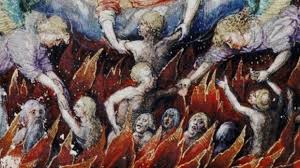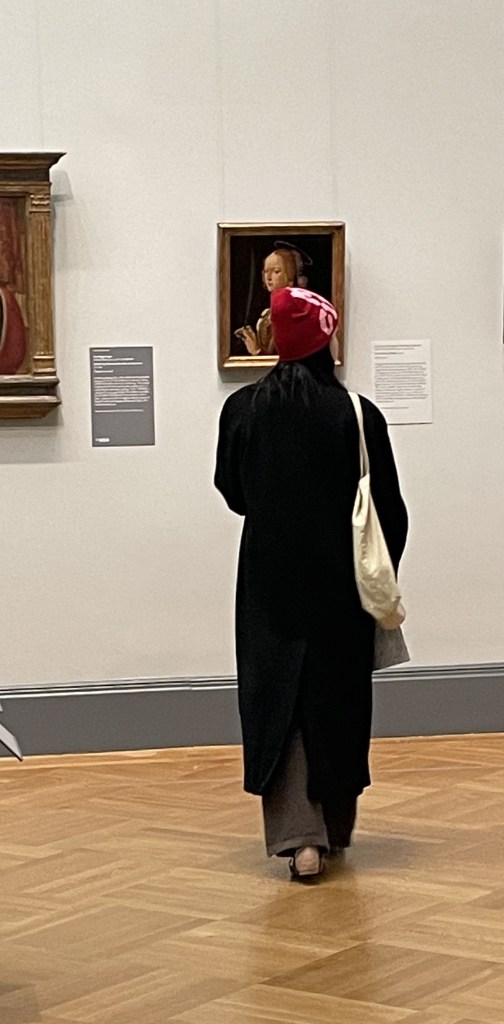[Love me do. Source: Google Search. dreamstime.]
But there is love that makes a cup of tea
Love that loves both who you are and who you want to be
Love that waits for you when you fall behind
That’s the kind of love I hope you find.
~~Gretchen Peters
Like all well-behaved bloggers, I am attuned to the seasons, the quickly changing weather and the hopping about of a true Robin, red breast included. I saw the solitary avian plundering a small portion of the massive lawn leading up to the Library of the New York Botanical Gardens. The bird was feasting with impunity. Yes, he or she had food and nearby water. But once the little tummy is filled, there are other challenges ahead. I’m assuming it was a male, and being male his every fiber, right now, should be trying to find a mate. I hate to say it, but that’s what it’s all about, this time of year. The tidal hormones are raging all around us… Procreate! Build a nest and live happily ever! You’re a bird, you know what to do…(or does he?).
And therein lies another tiny problem. How does he get a date, much less a mate? I taught science, so I would say to the Robin: Use color. Lots of it. Sing. Loudly and seductively. Two out of five senses isn’t much of an arsenal, but one has to use what one has.
Just now, I looked up the scientific name for a Robin. It’s Turdus migratorious. With a first name like that, this bird already has a few strikes against it. I had a fairly normal name, Pat, and I had plenty of trouble finding a mate. Good luck, Turdus. You’ll need it.
So where am I going with this? I should be sitting in the warmth of the sun, on our patio, reading Ulysses. Something light and easy on the eyes. Instead, I tried to find some examples of how someone, in a relationship, expresses their love for their partner. Specifically, some little action, pose, remark, touch or kiss that is often unexpected. But endearing in a major way.
[Here he is. Turdus migratorious. Source: Google Search]
I was propped up in bed, comfortable against the four pillows that kept my back from hitting the solid wood of our headboard. The weather prediction was for clear and sunny conditions, but I found myself pulling another blanket to my chin and stifling a shaking chill. In five minutes, the rain would begin to fall. My iPad sat against my knees. I checked the progress of the book I was reading. There it was: I was reading Demon Copperhead by Barbara Kingsolver. I had to chuckle to myself, I was making serious progress. I had been reading for about three hours, and I was 2% further along than I was when I picked up the book.
I needed a break from reading, so I went to the Amazon App. I was just about to make a final decision on our window treatments when I felt the need to close my eyes for a little Ocular R & R. My mind drifted back to something I read on Reddit about three months ago. It was a question: What are some endearing actions that your partner does that are quirky and are meant only for you.
Some of the responses were thoughtful and interesting… [These comments are reconstructed from my memory. One of them is my own contribution.]
-My wife came up to me from behind. She put her hand on the nape of my neck and then kissed me. I haven’t come back down to earth yet.
-She had long black hair. Straight. It came down over her face, obscuring her cheeks. She rested her chin on her hands and stared intently at me. Her eyes were large and deep green. She listened to me.
-The way she used to gather her hair to make a pony-tail. She was holding the small band in her lips and she had to look at me from an angle. It was such an adorable gesture (she didn’t have any idea how her eyes affected me. I can’t get that little glance out of my head.
-No one ever gave me a surprise party. When I was a young boy, I asked for permission to give a party. Someone said: Smarty gave a party and nobody came. I lived in terror of that happening for decades. Until my wife gave me a true surprise party. It was for my 50th birthday. I will be forever grateful for this gesture for years. Never really forgetting.
(My Favorite)…
-My wife is normally quite introverted. She never likes to be the center of attention. But at home, she is a different person. She can’t sing, but that doesn’t stop her from walking around the house singing, at the top of her voice, how much she loves me. She makes up the words as she sings. I am dumbfounded about how much her heartfelt and simple songs have enriched and enlivened my life.
Yes, it all seems so very delightful. But things were about to change for me. In a very big-time kind of way. I’m sitting, propped against the headboard with my five pillows, and staring out at the patio. I was trying to calculate the sun’s position in the sky and how it lined up with the angle of the solar panel atop our umbrella over our picnic table. It was all looking good. My list of daily complaints was down by one. I was smiling over the fact that I correctly aligned the solar panel so that when and if warmer weather ever arrives, we would have an array of LED lights to brighten our dinners. That, along with my Wonder Boom playing Johnny Cash or Old Crow Medicine Show. Nothing like a quiet evening. As I was reaching for my adult coloring book with the Magenta pencil attached with Velcro (I decided everything in the drawing should be Magenta), Mariam came into the bedroom.
She said: “How would you like to have that Mexican dinner you’ve been begging for?”
I said: “What tonight?”
She said: “Yes. And I have another suggestion. Shall I get tickets to Amateur Night at the Apollo?”
“Yes,” I said.
“Okay,” she said.
I said: “Why?”
She said: “It’s our 31st Wedding Anniversary.”
“I know,” I said.
A few hours later, we were sitting in a cozy restaurant on Broadway & 125th Street. We looked at the menu. Something was wrong. This wasn’t the menu we viewed online back home. It wasn’t the menu because we were in the wrong restaurant. We went next door, and I was soon in Taco Heaven. The show at the Apollo was great fun. I think I had a tiny crush on the tap dancer. Her name was Liberty Stiles. Her style was energetic and soulful. And she had a great name.
So where does all this leave me? One priority is for me to make that final decision on whether I want to improve my jawline definition. I think I’ll hold off a bit on this. It involves Botox, and that has something to do with cattle (I think. If it isn’t cattle, it’s something just as strange).
Amidst all my personal turmoil, the state of the country, the horrible killing in the Middle East…I was a happy guy on that first day of May 2024.
The only thing left is to get through my birthday at the end of the month.
Maybe I should redefine my jawline?






















